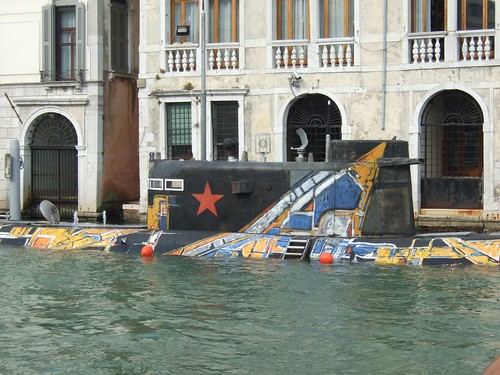In May 1994 I attended WWW’94, the inaugural World Wide Web conference at CERN, outside Geneva.
I reported on the conference on Lynx, the online magazine established by Tony Jewell and Bernard Jauregui at Cityscape, their ground-breaking ISP. Lynx, and Cityscape, are long gone but I’ve found the articles cached on the Wayback Machine and here they are:
The Announcement
URL: http://www.gold.net/lynx/www94/
To launch ‘The Lynx’ magazine, the latest CityScape/Global On-Line project, our first issue is a special on the WWW ’94 conference in CERN.
At no expense spared we have sent Bill Thompson, our roving reporter, to sunny Switzerland to give us the latest, up to date, inside views of what is happening at this important event.
The Lynx is an attempt to see if a real magazine can be published on the World Wide Web on a regular basis. The magazine will cover the more alternative sides of the Web and the Internet, and we hope to be amusing, informative, and slightly anarchic …
We need your articles and columns to make sure this magazine works, and in return we will carry full resumes and CVs of anyone that works with us. The magazine is run from the Global On-Line server in Cambridge, UK, one of Europes largest commercial servers, with nearly a quarter of a million access a month, so we hope to get considerable publicity for this venture.
Yours,
Tony Jewell



